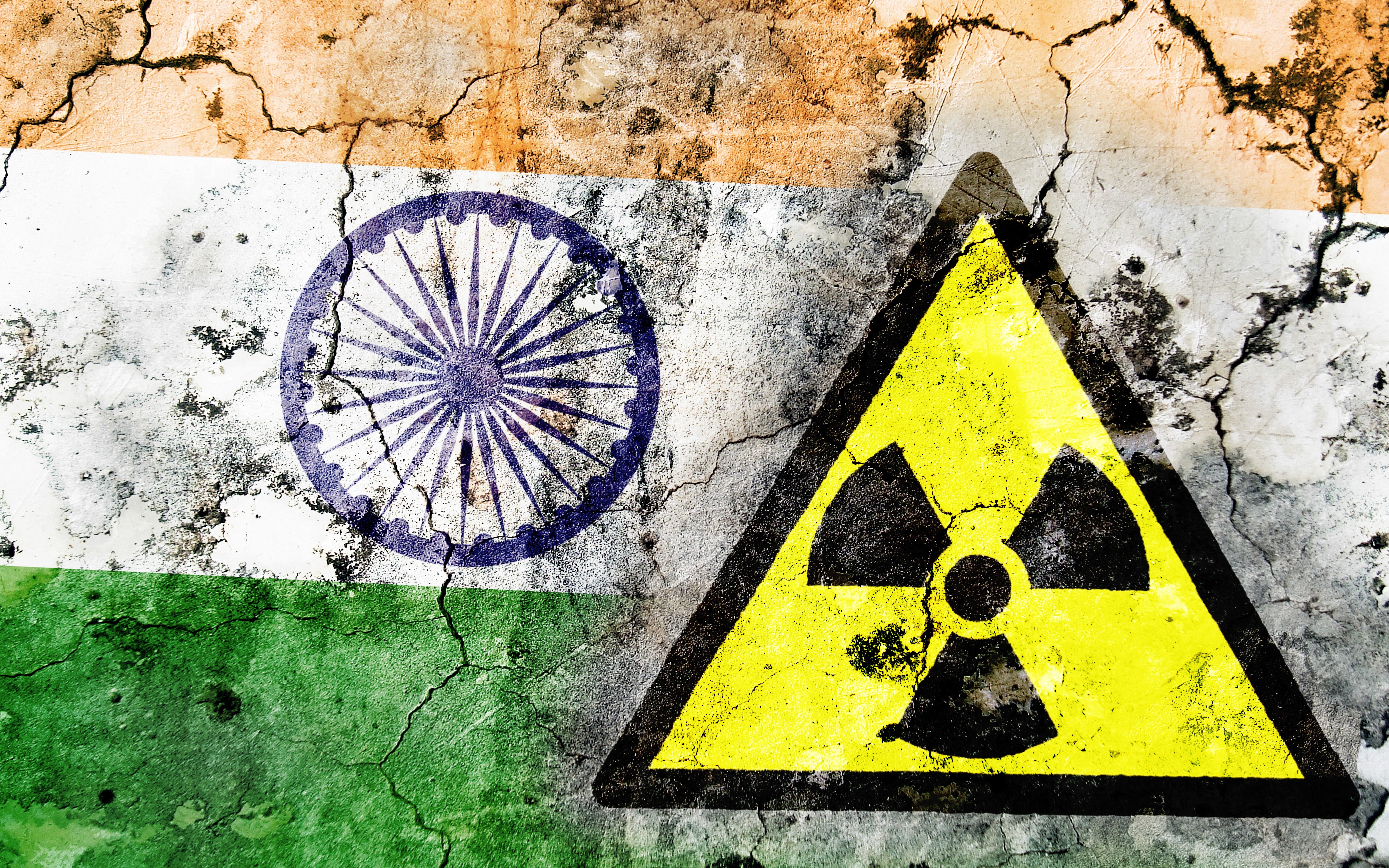
“Nuclear weapons offer us nothing but a balance of terror, and a balance of terror is still terror.”
American Scientist & Nobel Laureate George Wald
The exceptional odyssey lies within the nuclear weapons can be better explained in the nuclear history of South Asian State, India. Under the disguise of U.S. President Eisenhower’s “Atoms for Peace” (1953), India initiated its deceitful venture of nuclear weapons development from the early years of independence. Knowing very well the anti-sentiments for the nuclear weapons after 1945 atomic explosions at home, India tactfully used the religious connotation for its first so-called successful “peaceful nuclear explosions” with the title of “Operation Smiling Buddha” also called as Pokhran-I, on 18 May 1974. This was the very FIRST time when inhabitants of South Asia got introduced with the nuclear dimension. The pages of history noted that it is India which put the safety and security of billions of people at stake with the nuclear weapons test in the region. An Indian physicist who is best known for his role in India’s nuclear program during its early stages, Raja Ramanna stated in 1997, “The Pokhran test was a bomb, I can tell you now…. An explosion is an explosion, a gun is a gun, whether you shoot at someone or shoot at the ground…. I just want to make clear that the test was not all that peaceful.” Additionally, South Asia’s elusive strategic equilibrium is a well-known established fact for all.
At the international front, India’s tests posed serious questions on the existing non-proliferation regime of that time which sought that Nuclear Non-Proliferation Treaty 1968 was enough to prohibit the States from acquiring nuclear weapons. India’s tests of 1974 became instrumental in creation of Nuclear Suppliers Group (NSG), a multilateral export control regime and a group of nuclear supplier countries that seek to prevent nuclear proliferation by controlling the export of materials, equipment and technology that can be used to manufacture nuclear weapons. Interestingly, such kind of international efforts could not stop India from building more nuclear weapons. As a result, India once again tested a series of five successful nuclear weapons on 11 and 13 May 1998 Pokhran-II with the flashy title of Operation Shakti-98.
Here lies the irony of international state system which is based on discriminatory interest-based approach. The very same NSG which was formed in response to 1974’s nuclear tests granted “clean waiver” to India in Sept 2008 from its existing rules, which forbid nuclear trade with a Non- NPT State, India. This decision was a result of intensive U.S. diplomacy as it was involved in a civil nuclear agreement with India at that time. However, the approval was based on a formal pledge by India stating that it would not share sensitive nuclear technology or material with others and would uphold its voluntary moratorium on testing nuclear weapons. But India unfortunately never learnt to fulfil the pledges and followed its dubious pursuits in order to satisfy its destructive nuclear esteem. In fact, India diverted nuclear materials it had obtained for peaceful purposes under NSG waiver to weapons production. Subsequently, India continues to produce fissile materials for weapons and no one questions about it. Unfortunately, world intentionally overlooks the complex fragile environment of South Asia primarily because of India’s threatening posture towards other neighbouring states especially Pakistan. Extending nuclear cooperation and support to India, simply adds fuel to the fire.
Apart from its strategic dimension, India’s unruly nuclear behaviour with respect to its poor safety mechanism nurtured a legacy of unsafeguarded civilian nuclear facilities and black market for nuclear materials at home. The country sheerly lacks the adequate nuclear safety and security protocols which are deemed necessary for a nuclear state to initiate for the sake of highly sensitive and destructive nuclear entities. India’s recurrent incidents of uranium theft and smuggling appear to be an eye wash for the world. At home, India tactfully saves its face by pronouncing the dual use of nuclear technology for civil power generation demand in addition to defence. Additionally, it was also intended as a concrete response to many anti-nuclear movements/protests which raised alarms about poor security record in India.
Over the decades, India proudly boasts about its nuclear power capabilities at the world’s stage. But in reality, India nuclear legacy possess a tale of lies and deceit. India never aspires to play on the peaceful trait of its nuclear program. From the very start, India aimed to achieve a nuclear power status in order to play as hegemonic state in the region. But Pakistan’s counter response of May 1998 nuclear tests obstructed Indian nuclear ambitions. Unlike India, Pakistan proves itself to be a responsible nuclear weapon state with a flawless track record of nuclear safety and security along with international accomplishments. However, India intends to hide its malicious nuclear activities by celebrating 11 May as a National Technology Day which in reality pose serious risk to the lives of billions of South Asians.
